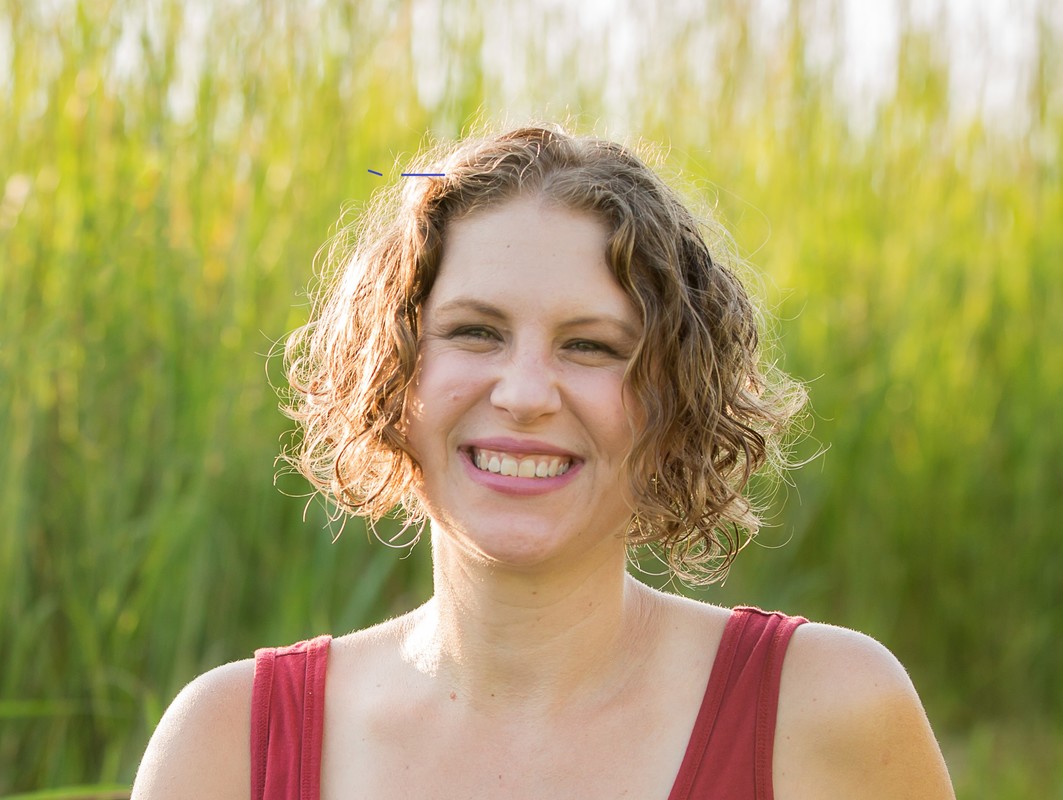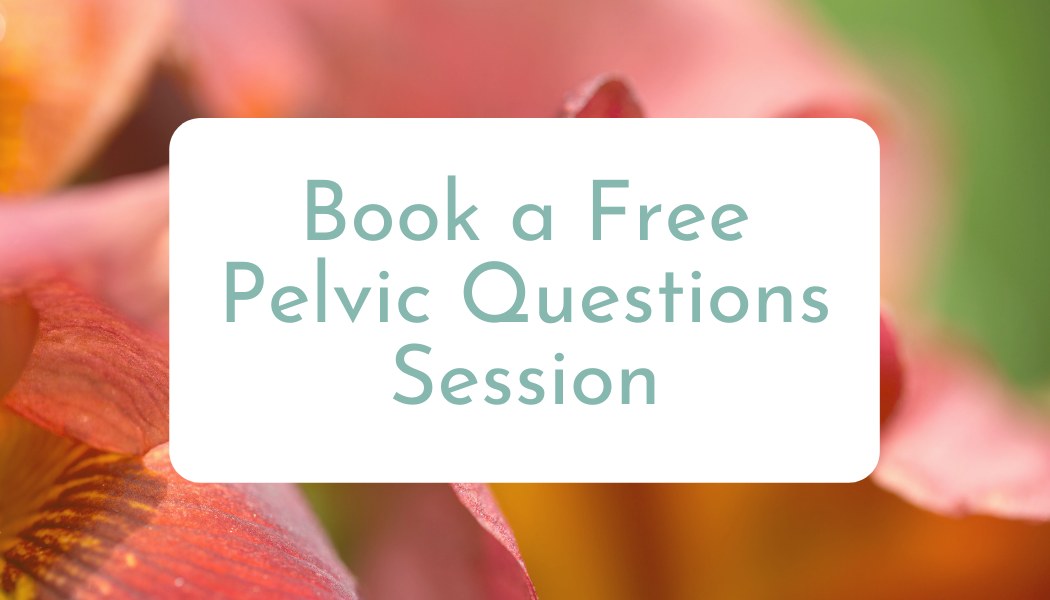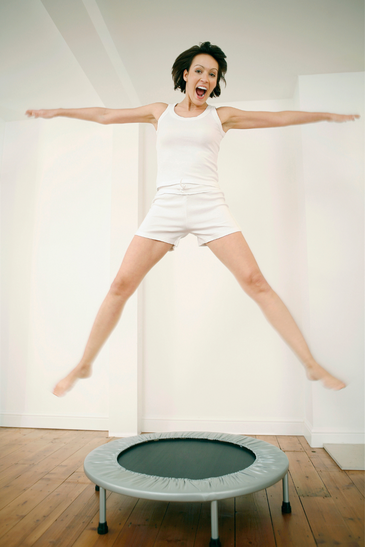 Recently I was asked, "Are there particular herbs or remedies that you’d suggest for clients with pelvic floor dysfunction?" Well, yes and no. This is a classic answer, I know! One of the things I’m on a mission to teach is that plants weren’t invented for our illnesses, so having that expectation of “what’s a good herb for…” doesn't really translate into actual improvements in our health. Because as a general rule plants don’t really care what our problems are! Right?! They're out there, living their lives, making chemical compounds to attract pollinators and defend against pests and foragers, and generally not too concerned with the bipeds sharing their planet. They're not trying to help us, regardless of how much we want to use them to our ends. Having said that, there are some herbs that can help us in some more specific ways. It turns out that lots and lots of plants do interact with us chemically in ways that are beneficial to our health! Just not always, or in expected ways, or precise amounts, so take your time trying out plants as medicine. 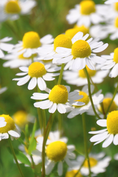 Let me give you an example. Chamomile is one of my favorites, and it plays a great dual role here. First, Chamomile helps relax muscles, especially in the lower abdomen. The sweet apple fragrance of chamomile comes from its essential oils, so making a tea of good quality whole dried flowers, or fresh if you can get them is even better, will help relieve abdominal, menstrual, and pelvic floor muscle cramping. Then, when you let the chamomile sit in the water 20 minutes, an hour, overnight, it gets darker and more complex and bitter, and now your chamomile tea has become a digestive aid. This is also really helpful in PFD b/c constipation can increase pressure and all sorts of things so having a healthy, well functioning digestive system is really important. 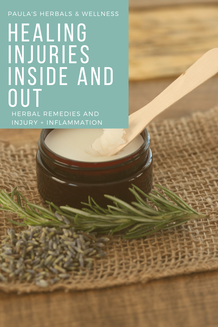 There are also some other plants that can help with PFD symptoms- If you're experiencing irritation, like maybe cystitis, soothing things can help, like:
Astringent aka toning things might help too, like:
Choosing between them is often a matter of self-knowledge and trusting intuition. Does it feel dry, like it needs soothing? Or feel boggy, like there's too much fluid and it needs toning? These herbs are great as teas, especially since these kinds of internal PFD conditions are often helped with more fluid diluting urine. Curious about the soothing suggestion? Yes, you can add Oats to tea! You can also just eat them, well cooked and thick. Also, here's a SUPER tasty and really easy experiment:
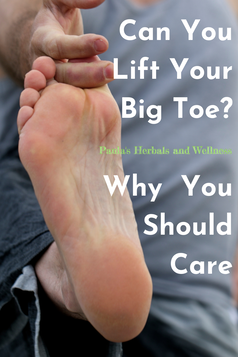 Prolapse is a biggie in the Pelvic Floor Dysfunction world, affecting the muscular organs of the lower abdomen as well as the connective tissues that should be supporting them. Again toning herbs like Raspberry leaf or Rose would help, again as a tea. I can find Raspberry leaf tea bags in most of my local grocery and health food stores, and there are lovely tea blends with Rose in them, like Tulsi Rose or White Tea Rose. My suggestion is to look for organic brands (both because of the quality of the tea and also what the tea bag itself is made of) and to check the expiration date to make sure the box hasn't been sitting there too long. Additionally, Solomon’s Seal is a root medicine that’s really helpful with repairing connective tissue. You can purchase the chopped dried root to use as a tea ingredient, or you can find it infused in oil to use as an abdominal massage. I also have a delicious alcohol-based tincture of Solomon's Seal that I use a few drops of when my joints are feeling too loose (I'm a bit hypermobile) and this could be taken orally or massaged into the abdomen as well. 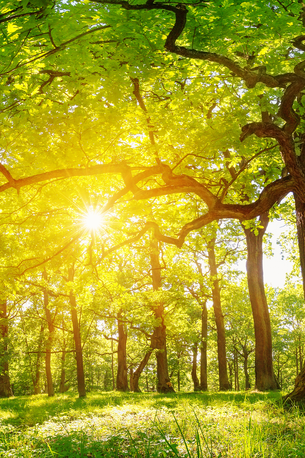 Remember, though, plants weren't invented for us and so it doesn't work to just "use" them for our benefit. For example, before just walking into a health food store and announcing to the confused staff, "An herbalist on the internet says I need Solomon's Seal for my prolapse!," or buying a case of Raspberry leaf tea and starting a quart-a-day discipline, I might suggest a gentler course of action. Avail yourself of the internet and do a local search for herbalists. Reach out to them and say you're interested in learning more about [enter plant here] and do they grow/sell it, or know anyone who does? Try to talk to an herbal practitioner face to face (or zoom to zoom, as the case may be) (yes I do consultations). Learn what the plant looks like, and try to recognize it if you walk in parks or gardens. Order some dried plant from a bigger supplier like Herbiary or Mountain Rose if you can't find it locally. Chew on a few pieces for a while. Make it into tea (roots need to steep overnight or simmer at least an hour). Drink some tea, then add the rest to a bath. Pay attention to how it feels, comparing it to plants you're used to feeling like Coffee, Peppermint, Chamomile, Onions, Strawberries... you get the picture. You're learning if you and this plant get along, and this isn't anything like watching out for side effects from medications, is it? No one person- friend, therapist, chef, author, actor, boss, etc- is perfect for everyone. No one herb is either. So give it a little time, get to know it, before you decided if it "works for you." Have you ever spent time trying to get to know a plant?
0 Comments
FUN FACT: your feet aren’t the blunt end of a pogo stick, they’re more like the springy part of the pogo stick! We’re supposed to roll with and propel from our feet, not stump around slapping them down.
You’ve got 26 bones in there- that’s 25% of your TOTAL bones between those 2 feet- but can they move or are they all smashed up next to each other? Feet are designed to have just about as much movement as our hands do! Not many people can spread their toes out even a little, let alone like their fingers, and this has massive implications “up the chain” ✔ for stability at the ankles, knees, and hips ✔ for balance ✔ for gait ✔ for pretty much everything So UNSQUISH YOUR FEET and get some space around those foot bones. Use yoga socks, your own fingers, foam pedicure forms, or silicone toe separators (gold star⭐for these!) Practice your toe spread and see if it impacts your other aches and pains too. 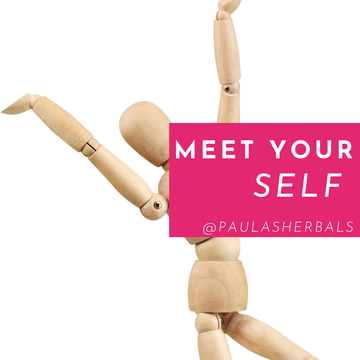 Have you ever really stopped to think about just how complex and mind-boggling you are? Well, I've been thinking about it. And I've been thinking about how many descriptions and metaphors I've used in the last 15 years or so to try and describe our selves to my clients. It's time to make a series out of those descriptions. Everyone is different, yes, but we're all very similar too. And our bodies tend to move (or not) in familiar (at least to me) ways. The more you can understand about these functional, "physiology" ideas, the more you'll understand the deep, intertwined connections you have- why your breathing is connected to your digestion and your knee pain and your hearing and vision, for example. This leads you down the rosy path of "the foot bone is connected to so much more than the ankle bone" as one of my teachers Claire Mockridge says. Why do you care? Living with ease and grace means avoiding strain and overwhelm, and since we tend to be so much more familiar with the latter, the former takes deliberate awareness. Hence, this series happening about monthly, where I'll start introducing you to your own self! Deliberately, cheekily, colorfully, and clearly. Coming up first:
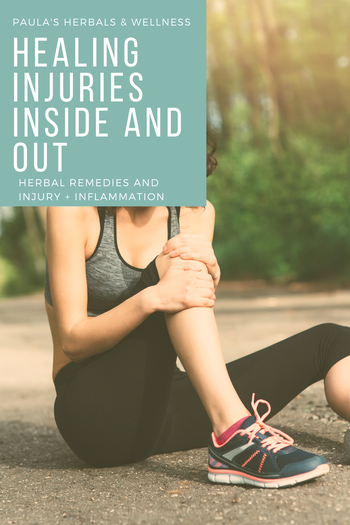 One of my ‘echo lessons’ (those things you’ll hear from me so many times that my voice saying it will sound clearly in your head!) is that PLANTS WEREN’T INVENTED FOR OUR ILLNESSES so there’s no “herb for” our problems. Plants are individual little chemical beings, just like us, and so we all interact with them differently. For proof, look no further than all the different reactions and tolerances people have to coffee. Having said that, plants can fall into broad categories, and one of those categories are things that can help us heal and recover from injury and inflammation. Injury is just that- damage caused by outside forces, that can be a short sharp shock, or something worn down by chronic misuse. The really short version of inflammation is that when there’s injury, roving construction crews notice it and send out the alarm for help, which descends on the site “ants on a cupcake” style. All these “construction ants” do the repair work, while the body ups things like circulation so fresh crews get delivered and the waste like damaged cells gets washed to the dumpsters/lymph nodes- this is where lymph swelling comes from, btw. Plants can help us in a variety of ways through all of our healing processes. They can: 🌼 help prevent infection of open wounds, decreasing the immune system’s workload 🌼 decrease pain 🌼 cool a site when swelling gets too much 🌼 increase lymph flow when it’s not getting out of a site and things are getting crowded 🌼 normalize the inflammation response when it needs to increase or decrease but isn’t 🌼 support the healing of specific tissues like nerves, blood vessels, connective tissue, or gut lining Now, I’d like to make it clear here that I’m talking about the kinds of injuries you’d commonly have no problem dealing with yourself. If it’s anything outside of your comfort zone, SEEK PROFESSIONAL HELP. So how, exactly, can herbs help your feet and pelvic floor (and everything else) heal? There’s a couple of specific herbs to tell you about, and a couple of common combos you’ll find at health food or herb shops. Let’s take your feet as an example. You’ve been listening to this Paula person online, and you’re using your feet more, getting more texture in your walking surfaces, turning them to parallel several times a day, and things are getting a bit uncomfortable. Maybe your feet are tired and a little tender, maybe your hips and knees are getting used in new ways and are a little sore. 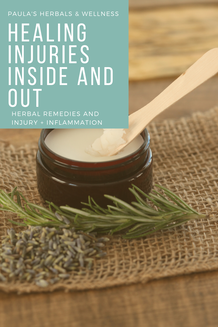 First, Arnica. It’s a little yellow flower, usually steeped in oil to extract its medicinal qualities but you’ll also often find it in homeopathic form. (Homeopathy is a totally different modality than herbalism that’s equally valid but way outside my wheelhouse.) I’ve seen Arnica massage oil, cream, lotion, balm, body wash, skin spray- anything topical you can think of. Arnica helps deflect the trauma of an injury. It helps prevent bruising and swelling, it helps you be in less pain and be less shocky. Arnica is a classic go-to immediately after something happens. Another specific is Solomon’s Seal. It’s less common, but I mention it because it does such a wonderful job helping your connective tissues heal, which is normally very hard to do. Topically you can use it as an oil based remedy to rub in, and it’s also a delicious tincture to take internally. Both work well, separately or together. Arnica and Solomon’s Seal are first to my mind as specifics when we’re talking injury, but it’s probably more common and accessible to talk about the products you’ll find pretty much everywhere someone is selling herbal remedies. You can absolutely make your own remedies, but when you’re first starting out, and if you find yourself in a pinch without your usual stash, a general healing salve made by most herbalists are great to keep on hand. Any shop with herbal remedies that‘s worth its salt will have jars or tins of some kind of “healing salve”. This is a blend of oils infused with herbs like Calendula, Plantain, St John’s Wort, Comfrey, etc, that’s had something hard like beeswax added to it so it stays put. These are great things to rub on a boo-boo- not only will the herbs help speed the healing, but the rubbing action helps circulation which is good too. So long as a wound isn’t actively bleeding or weeping or obviously needing professional care, a healing salve can be your go-to initial remedy. Next to the healing salves should be muscle rubs, which are very similar but have ingredients like Cayenne, Ginger, or Menthol. Massaging them into sore muscles or inflamed areas brings the same benefits as healing salves, these are just designed to penetrate more deeply and bring circulation to sore muscles. Also worth noting here is Magnesium in all its glorious forms- crystals, sprays, gels, balms, rollers, sticks, and internal supplements like powders, tablets, and liquids. Magnesium does a lot of things so let me explain it like this- your muscles need Mg to relax (like, at all. As in, the opposite of contract), and tension restricts circulation. So I always, always suggest Mg supplements internally or externally for anything that hurts for more than a day. Be warned though, your digestive tract is a muscle too- excess Mg makes it hard for things like the colon to hold onto its contents since it’s, you know, relaxed. Go easy on the Mg supplements till you know your tolerance!
On the topic of inflammation, there's SO MUCH to say! Don't get overwhelmed by how much information is available out there. Here's my Rules of Thumbs:
This is the quick and dirty list of First Steps to working with herbal remedies to help heal injuries and inflammation. There's lots more that can (and has been and will be) said! But when find yourself in the first throes of injury, these are my suggestions. 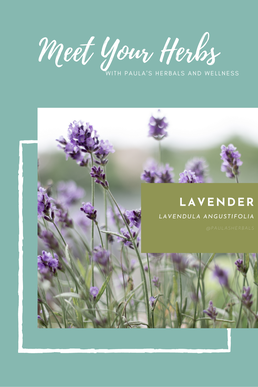 In my garden, in someone else's garden that I happen upon while exploring, in tea, in cakes, in sachets, in sleep masks, in wands, in wreaths, in lotions, in baths, in the air, in my water... There's almost no end to the ways I love Lavender. There's also almost no end to the ways Lavender loves us back! It cools- significantly. I'm decidedly NOT on the essential oil bandwagon (that's a different soap box for a different day) but as a burn remedy Lav EO has its own spot in my kitchen. It's analgesic- significantly. Again with the burns, and also with bumps, bruises, headaches, sore muscles. Good quality lotions, bath goodies, and hydrosols (a la Barefoot Botanicals- not an ad, just a fan) are my fav applications. It's antimicrobial, like most of the Mediterranean herbs. In addition to further helping burns and wounds, this gives it a sharp edge to taste and flavor, similar to what Sage, Thyme, and Oregano have going for them- as compared to the incomparable softness of Rose. I like exploiting this in savory cooking, like in roasted meats with cranberry and red wine. Just saying. It's relaxing, antispasmodic, and generally expansive. Think of thinking, circulation, muscle and joint fluidity- all things that benefit from more openness. It's soapy, which comes in handy when zhuzhed up with water for washing delicate fabrics or skin, and not so much when over done in baking or beer (voice of experience here. Trust me.) Having trouble growing Lavender? She's a dry wit- try replanting with a good amount of sand around her roots to avoid wet feet. How do you love your Lavender? Comment below with your favs! |
Fun Fact: I'm an herbalist and a movement coach. Not a doctor, or a pharmacist, and not pretending to be one on TV.
This is a public space, so my writing reflects my experiences and I try to stay general enough so it might relate to you. This does not constitute medical advice, and I encourage you to discuss concerns with your doctor. Remember, however, that the final say in your wellness decisions are always yours- you have the power to choose, you are the boss of you. And, some of my posts may contain affiliate links. If you make a purchase through them I'll earn a few cents. Thank you for supporting my work. This website is provided for educational and informational purposes only and is not medical, mental health or healthcare advice. The information presented here is not intended to diagnose, treat, heal, cure or prevent any illness, medical condition or mental or emotional condition. Working with us is not a guarantee of any results. Paula Billig owns all copyrights to the materials presented here unless otherwise noted. Categories
All
Archives
July 2021
|
|
info @paulaswellness.com |
DisclaimerThis website is provided for educational and informational purposes only and is not medical, mental health or healthcare advice. The information presented here is not intended to diagnose, treat, heal, cure or prevent any illness, medical condition or mental or emotional condition. Working with us is not a guarantee of any results. Paula Billig owns all copyrights to the materials presented here unless otherwise noted. |






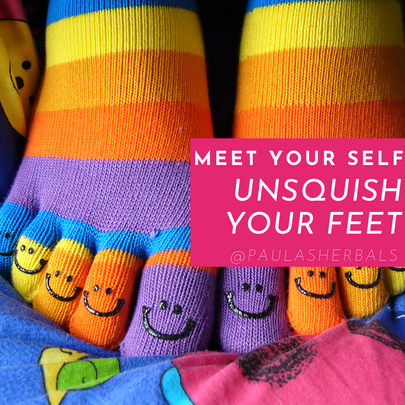


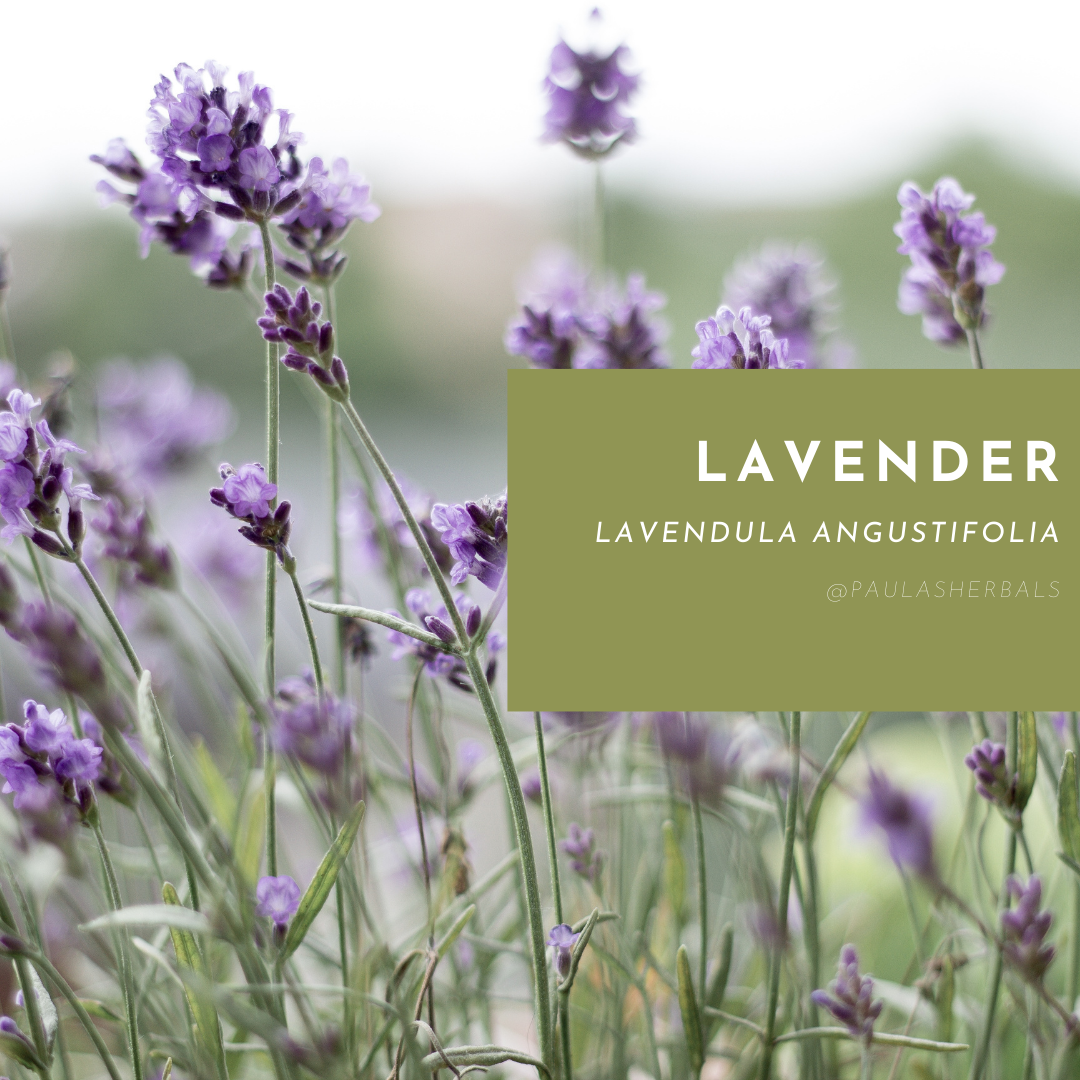
 RSS Feed
RSS Feed
